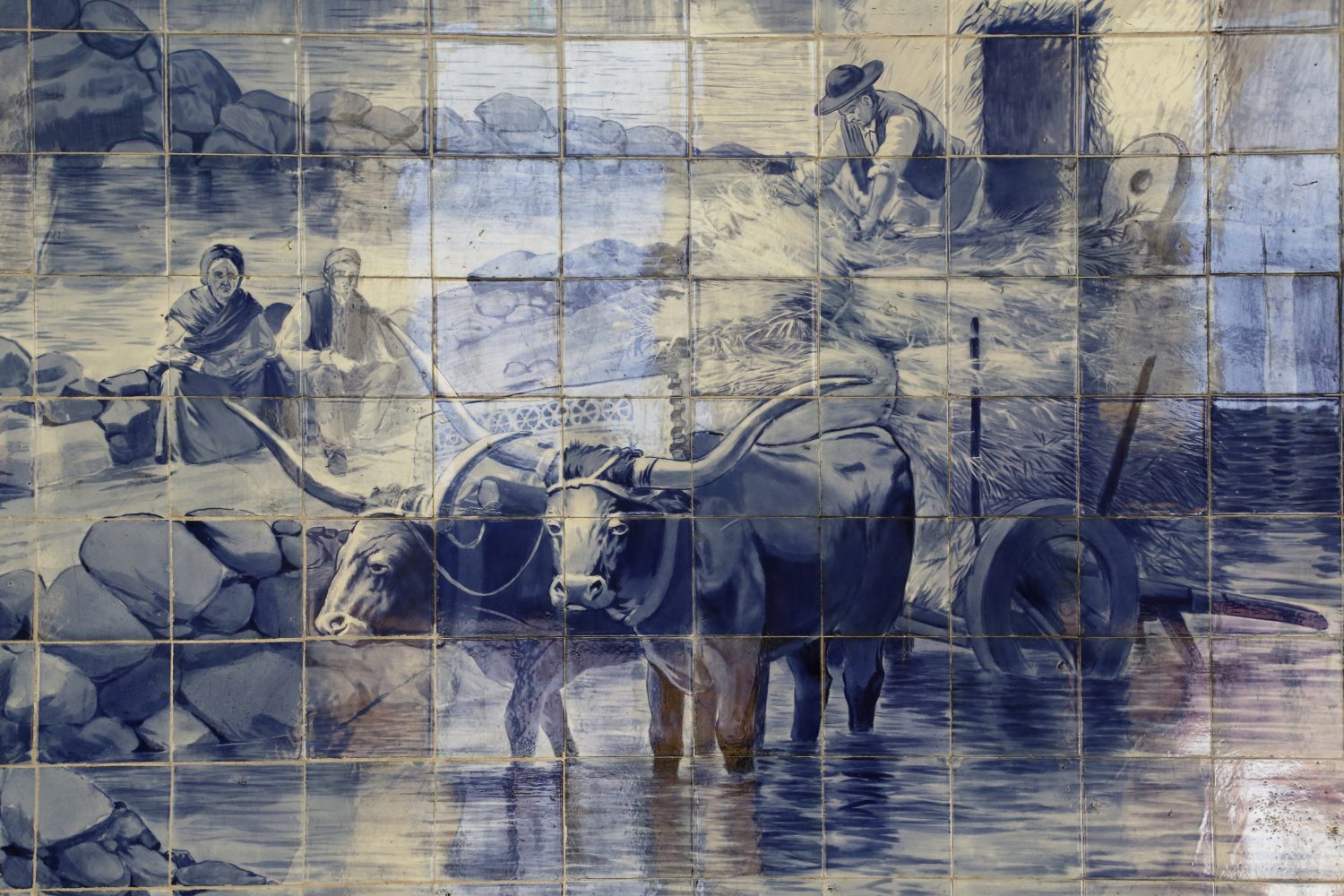Louis Pasteur
Pasteurisation is related and derived from Louis Pasteur, a French scientist, (1822-1895). Pasteur started his career as a chemist, and it was not until 1854 that he shifted his work to micro-organisms. In 1854, he was commissioned by Napoleon-III to found a university in Lille that focused mainly on engineering. His mission was to solve the practical problems surrounding the production of alcoholic beverages. As a result, Pasteur gained knowledge about the fermentation process. Pasteur ‘discovered’, that yeasts were important for making alcohol, but also saw that lactic acid-fermenting bacteria and acetic acid-producing bacteria could turn wine into vinegar. By heating the wine in beforehand, Pasteur was able to get rid of the bacteria. Thus, the word ‘pasteurisation’ was born.
Long before Pasteur, there was talk of pasteurisation without the word, of course. The diary of a Buddhist, Japanese monk (1568) already mentioned pasteurisation 300 years before Pasteur. In China, too, the first pasteurisations are described in 1117. In Europe, the first micro-organisms were discovered (Anthony van Leeuwenhoek) at the end of the Golden Age (17th century). It was not until 1838 that German scientist Christian Ehrenberg named these ‘creatures under the microscope’, bacteria.
The importance of heating came from food wastage, and people therefore wanted to combat food spoilage. There was mainly empirical research, without really knowing, what the cause was (i.e. killing spoilage bacteria). In the late 18th century, chefs developed the first preserves, by sterilising meat and food using sealed bottles (with cork, wax). As early as the early 19th century, the precursors of our current canned foods were developed. This was at the time of the industrial revolution, and urbanisation of people increased the need for pasteurisation. The long transport distances to the cities, the lack or inadequate refrigeration led to the spread of diseases that reached city people through food (milk). Not only Tuberculosis, but also Brucellosis were bacterial transmitted diseases.
Robert Koch
Around 1880, German scientist Robert Koch, discovered that Tuberkel-bacteria were spread among children by drinking (non-heated) milk. With the (new) focus on bacteria, numerous bacterial species were discovered, which got into the raw milk via the milk, the milker, the poorly cleaned udders and teats. Infectious diseases like scarlet fever, diphtheria or typhoid could all be spread among the population through the raw milk. Young children and babies fed raw cow or goat milk through the bottle were particularly at risk. Mortality rates in these groups were high. Since the 1870s (France) and 1880s (Germany), heating cow’s milk for babies and young children came into vogue.
There were initially other forms of heating: 82o C for 5 sec. This milk already developed a boiling taste and proteins were denatured quite strongly. In both the US and Europe, another form of pasteurisation was soon introduced by law; Chicago in 1908, New York in 1910. Since 1910, for drinking milk, not UHT (Ultra Heat Treated) but HTST pasteurisation was the norm. Milk was heated to 72o C for 15 seconds (High Temperature Short Time). In addition, ‘vat pasteurisation’ had also been introduced, 63-64o C for 30 minutes. Despite battles as early as the 1890s-1910s over whether cow’s milk should be pasteurised or not, most milk today is either pasteurised or drunk as UHT milk. It wasn’t until the start of the 21rd century, when research among farm children made it clear, that there was indeed a difference between raw and heated milk. Not so much in the gross stuff, but in how the immune system is regulated and prepared in young children.
Source
- Cheese history, the history of pasteurization of milk and cheese. See:




